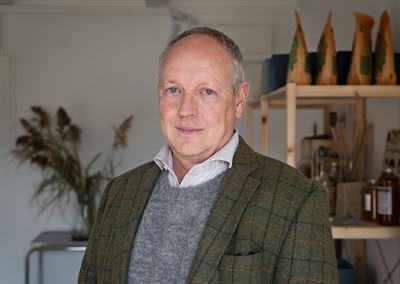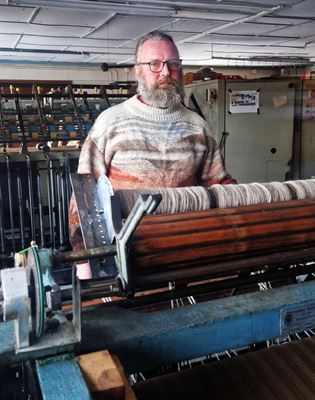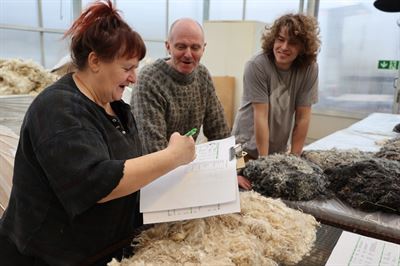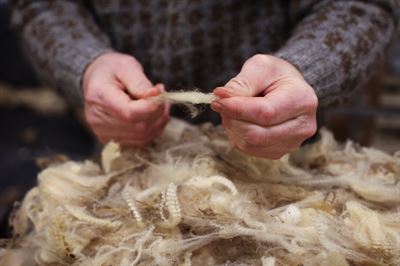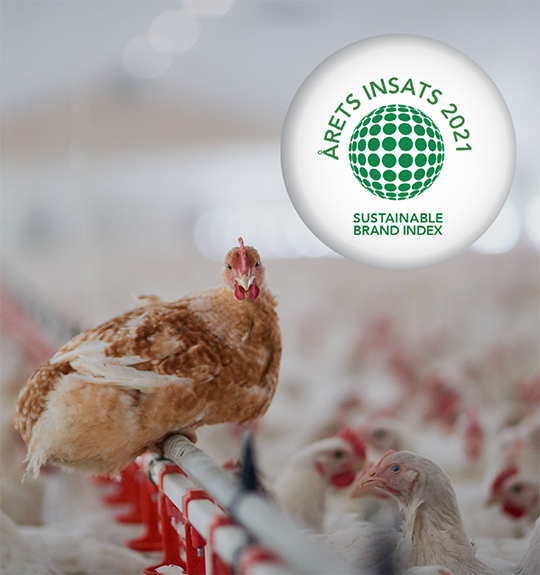Toward a European Wool Standard: The Swedish Model Leads the Way
2025.11.24

The Swedish Wool Standard classifies wool according to how the fibre behaves and what it can become, not the breed. With a few adjustments the standard could scale across borders and help convert underused wool across Europe into higher-value products.
For decades, Sweden has discarded roughly half of its wool. Now, a practical and scalable classification system is offering a solution – not only for Sweden, but for Europe’s similarly fragmented wool market. Created within The Swedish Wool Initiative, led by Axfoundation and Dalarna Science Park, the Swedish Wool Standard has been tested from farm to finished fabric – and proven compatible with most European wool types.
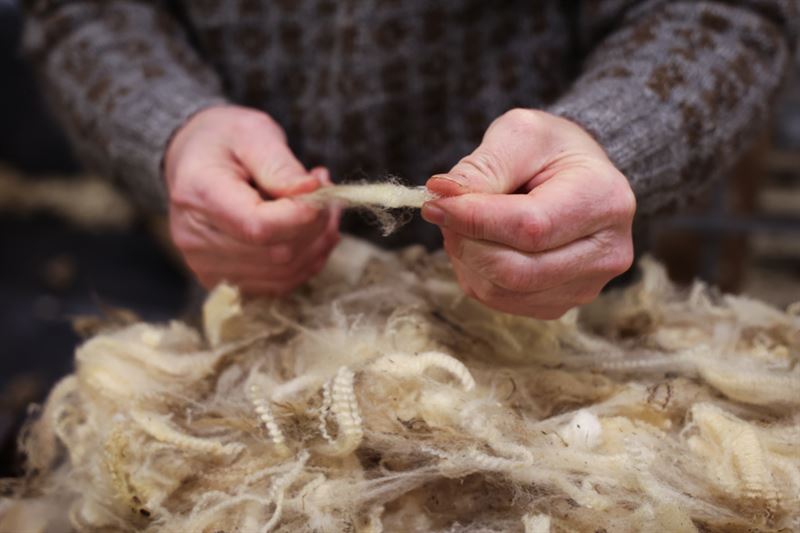
Later this month in Stockholm (Nov 27–28), the EU CAP Network Focus Group on “Innovative and sustainable ways to strengthen the role of farmers in revitalising the European wool value chain” will examine how to rebuild Europe’s wool chain, where mapping, coordination, and common specifications for trade are top priorities.
Across Europe, few national wool classification systems exist. Where they do, such as in Norway or the United Kingdom, industrial trade tend to be stronger. Elsewhere, classification is often local or absent, making it difficult for buyers to source consistent fibre qualities at scale.
“Swedish sheep farmers have faced the same challenge as farmers across Europe: how do you find a market for wool of different qualities and quantities? A shared, type-based language has been a crucial missing piece,” says Roger Bush, Board Member of Arena Swedish Wool, which now stewards the standard. “With a few adjustments, the Swedish classification system could scale across borders. This is how we build European volume from diverse local supply.”
The Swedish Wool Standard is now being implemented nationally and has already been tested on wool from several countries at the European Sheep Fleece Competition.
“It works. The strength of the Swedish system is that it classifies how the fibre behaves and what it can become, not the breed. That’s why it also can work in a European context,” says Kia Gabrielsson Beer, Swedish wool classer and technical expert. “The system lets buyers specify exactly what they need and allows us to match supply from many farms.”
Sweden produces more than 1,000 tons of wool each year; historically, around half has remained unused due to lack of classification, infrastructure, and buyer pathways. Through The Swedish Wool Initiative, more than 20 partners across the value chain have addressed these bottlenecks; establishing new collection models, testing the standard in procurement, and developing 30+ products and prototypes that demonstrate the value of quality-assured Swedish wool.
“Our common vision has been zero-waste of Swedish wool,” says Johan Sidenmark, Project Manager within Future Materials at Axfoundation. “By uniting actors across the value chain, we have shown that the Swedish Wool Standard is a hands-on tool that already works in practice. With its clear European fit, it could help convert underused wool across Europe into higher-value products, supporting rural incomes, circularity, and regional resilience.”
Examples of national systems in Europe
- The Swedish Wool Standard – quality-based, type-driven
- Norwegian Wool Standard (NWS) – 16 classes, nationally applied
- British Wool Grading – national breed- and quality-based system
About The Swedish Wool Initiative
The Swedish Wool Initiative brings together actors across the value chain to transform Swedish wool from an underused by-product into a valuable circular material. Since 2020, the initiative has built the enabling conditions for companies to access high-quality, competitively specified Swedish wool at scale; developing the Swedish Wool Standard, improving infrastructure, and driving product innovation across fashion, furniture, outdoor, construction and home decor.
The Swedish Wool Initiative is led by Axfoundation and Dalarna Science Park and partners across the value chain; Arena Svensk Ull, CTH Ericson of Sweden, Filippa K, Houdini Sportswear, Högskolan Dalarna, Dalarnas fåravelsförening, Insjöns väveri, Röyk, Science Park Borås, Sätergläntan, Tiger of Sweden, VERK, Väveriet i Bollnäs, Wool Rebel, Wålstedts ullspinneri, Ullkontoret, Swedish Textile Manufacturing, Åddebo Ull. The project is partly financed by Sweden’s Innovation Agency Vinnova and Region Dalarna.
